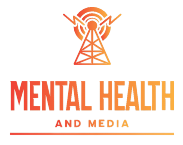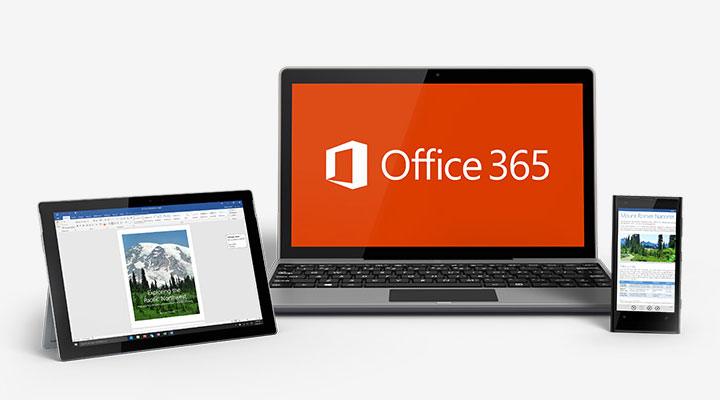Health and wellness campaigns are vital in shaping healthier societies and improving public understanding of key medical issues. From nationwide vaccination drives to community-led mental health initiatives, effective communication is central to success. Many campaign leaders now enhance their impact by using structured visuals and training such as a curso de powerpoint, which equips them to deliver clear, engaging, and persuasive presentations.
Presentations are no longer seen as simple slideshows but as essential storytelling tools. They allow campaigners to translate complex scientific data into messages that resonate with audiences ranging from policymakers to everyday citizens.
Simplifying Complex Information
Health topics can be difficult for the general public to understand, particularly when campaigns involve medical research or detailed wellness strategies. Presentations make this knowledge accessible by using graphics, charts, and infographics to break down data into digestible insights.
For example, a campaign on diabetes prevention can present statistics on lifestyle risks, paired with visuals that show simple diet swaps or exercise routines. This visual clarity ensures that even technical information is easier to grasp and act upon.
Engaging Stakeholders and Policymakers
Major health campaigns often rely on the support of decision-makers. Presentations provide a professional and persuasive way to demonstrate the scope of a problem, outline proposed solutions, and request resources.
Policymakers are more likely to act when evidence is displayed clearly with visual impact. A well-structured presentation highlights urgency, shows community benefits, and strengthens the case for funding or legislative change. In this way, presentations bridge the gap between public health advocates and governing bodies.
Inspiring Community Participation
No health campaign succeeds without community involvement. Presentations allow campaigners to engage directly with local groups, schools, and workplaces. Through clear visuals and straightforward messaging, audiences see how personal action connects with broader wellness goals.
An anti-smoking campaign, for instance, may combine imagery of lung health with testimonials and practical quitting strategies. When these elements are presented together, they create a more memorable and motivating experience than spoken words alone.
Enhancing Training and Workshops
Many wellness campaigns include workshops for health workers, volunteers, or educators. Presentations play a critical role in this training process. They standardise learning materials, ensure consistent delivery across regions, and make content easy to replicate.
With carefully designed slides, trainers can deliver information efficiently, support interactive discussions, and reinforce retention through visual cues. Campaigns that provide structured presentation resources empower teams to carry forward the same message with confidence and accuracy.
Harnessing Technology for Broader Reach
Digital tools have expanded the scope of presentations in health promotion. Online platforms now allow slides to be shared across webinars, social media, and community forums. This digital adaptability ensures campaigns reach wider and more diverse audiences.
When a wellness initiative includes remote sessions, presentations become the backbone of virtual communication. Whether accessed on a smartphone in a rural village or streamed live to a city conference, slides carry consistent information across geographies.
Building Emotional Connection
Beyond facts and figures, successful health and wellness campaigns must also connect emotionally. Presentations achieve this through storytelling elements: photographs, video snippets, and quotes from individuals affected by the issue.
This approach transforms statistics into human experiences. Audiences are more likely to remember and act when they feel emotionally moved. For example, a presentation on maternal health may combine medical data with stories of mothers whose lives were saved by early intervention.
Conclusion
Presentations are far more than visual aids. They are strategic communication tools that simplify complex knowledge, persuade policymakers, inspire communities, and train campaign teams. In major health and wellness campaigns, their role is indispensable in ensuring that crucial messages reach audiences with clarity, authority, and empathy.
As public health challenges continue to evolve, the ability to craft and deliver powerful presentations will remain central to campaign success. By using the right skills and resources, campaign leaders can shape awareness, inspire change, and ultimately foster healthier, more informed societies.




